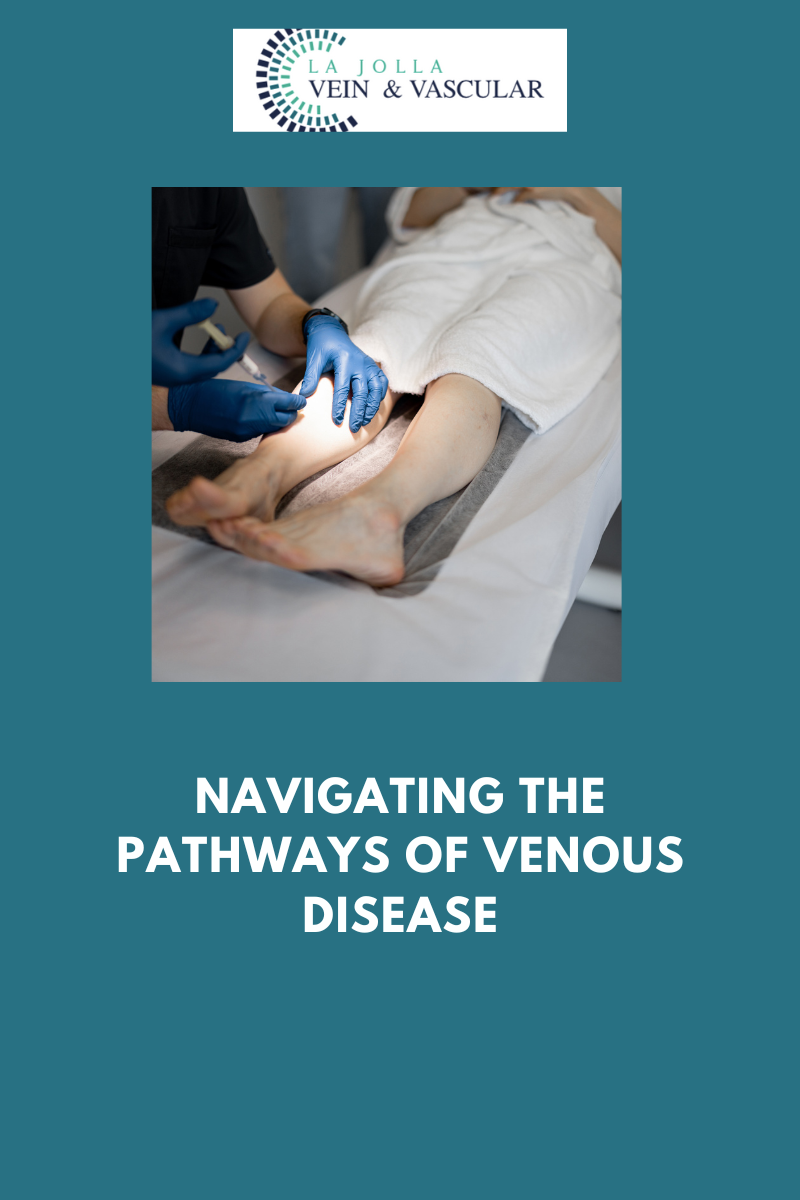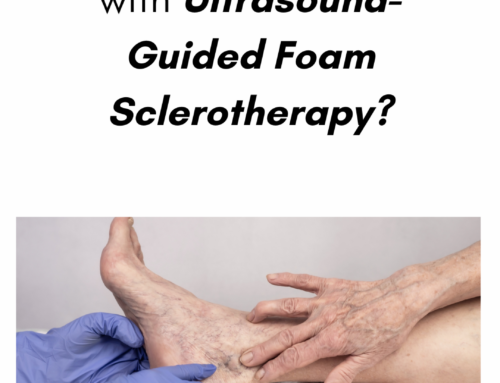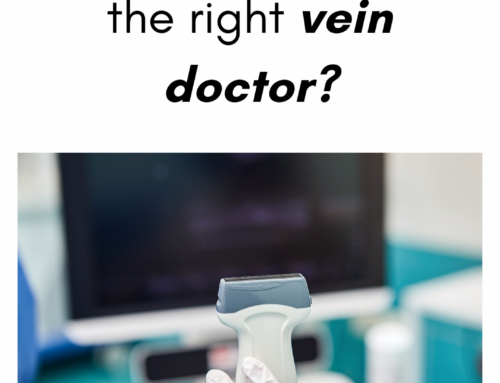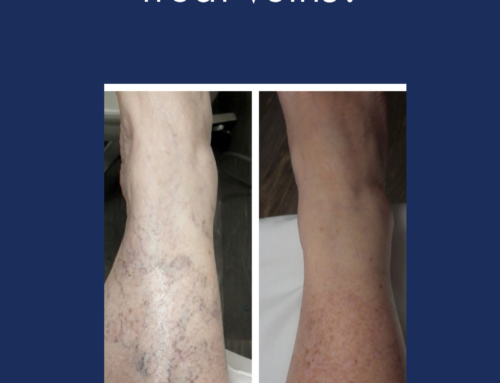Navigating the Pathways of Venous Disease

Navigating the Pathways of Venous Disease
Venous reflux disease, also known as venous stasis, venous insufficiency, or venous incompetence, is a multifaceted condition that affects the veins in the legs. In this article, we’ll take an in-depth look at venous reflux disease, including its underlying causes and the symptoms it presents. Additionally, we’ll delve into the progressive nature of this condition and the critical role played by ultrasound technology in both diagnosis and the formulation of personalized treatment plans.
Understanding Venous Reflux
At the core of venous reflux disease lies the concept of ‘leaky valves’ within the leg veins. These valves are responsible for maintaining the proper flow of blood, preventing it from flowing backward (reflux) towards the feet instead of moving upwards toward the heart. Venous reflux can occur in both the deep and superficial leg veins, significantly impacting blood circulation efficiency.
The Anatomy of Reflux
Leg veins can be categorized into two primary types: deep and superficial. Deep veins are located within the muscle and are responsible for carrying the majority of blood from the legs back to the heart. In contrast, superficial veins are situated just beneath the skin, outside the muscle. Within the realm of superficial veins, two key players are the Great Saphenous Vein (GSV), which courses through the thigh and calf, and the small saphenous vein, running along the back of the calf.
Implications of Leaky Valves
Normally, one-way valves in leg veins facilitate blood flow against gravity, with assistance from the contraction of calf muscles. When these valves become leaky, blood can flow backward, causing blood to pool in the lower legs. This condition manifests through various symptoms, such as leg heaviness, pain, fatigue, ankle swelling, and even restless legs at night. Over time, venous reflux disease can progress, leading to skin changes, including darkening, dryness, itching, and the potential development of venous leg ulcers.
Diagnosis Through Ultrasound
Accurate diagnosis of venous reflux disease necessitates specialized tools, with ultrasound technology taking the lead. Not all vein issues are visible to the naked eye, as many originate from veins beneath the skin’s surface. Ultrasound examinations offer a means to visualize the direction of blood flow, assess valve functionality, and detect the presence of blockages or scars within the veins.
Personalized Treatment Approaches
Effectively addressing venous reflux disease requires a tailored strategy for each patient. The treatment process typically comprises three key steps:
Step 1: Addressing Underlying Reflux
The primary focus is on addressing the root cause of the problem—venous reflux. This is typically achieved by targeting the saphenous veins, often the origin of the issue. Innovative vein ablation procedures, such as radiofrequency ablation, laser ablation, mechanico-chemical ablation (MOCA), and Varithena Foam, are utilized to restore proper blood flow.
Step 2: Managing Varicose Veins
After resolving the underlying reflux, attention shifts to treating varicose veins. This can involve foam sclerotherapy, a procedure using foamed medication injections, or minimally invasive removal methods to eliminate bulging veins.
Step 3: Treating Spider Veins
For those seeking cosmetic improvements, sclerotherapy is an option to address spider veins. While this step is primarily cosmetic, it contributes to the comprehensive treatment journey.
Venous reflux disease is a complex condition that requires specialized care for effective management. Our approach incorporates cutting-edge diagnostics, state-of-the-art treatments, and personalized patient care to comprehensively address the various facets of this condition. Through our expertise and unwavering commitment, we aim to provide transformative results that enhance both the health and quality of life for our patients. If you’re ready to embark on the path to healthier veins, don’t hesitate to reach out to us and take the initial step toward achieving comprehensive vein and vascular wellness.
“Bringing Experts Together for Unparalleled Vein and Vascular Care”
La Jolla Vein & Vascular (formerly La Jolla Vein Care) is committed to bringing experts together for unparalleled vein and vascular care.
Nisha Bunke, MD, Sarah Lucas, MD, and Amanda Steinberger, MD are specialists who combine their experience and expertise to offer world-class vascular care.
Our accredited center is also a nationally known teaching site and center of excellence.
For more information on treatments and to book a consultation, please give our office a call at 858-550-0330.
For a deeper dive into vein and vascular care, please check out our Youtube Channel at this link, and our website https://ljvascular.com
For more information on varicose veins and eliminating underlying venous insufficiency,
Please follow our social media Instagram Profile and Tik Tok Profile for more fun videos and educational information.
For more blogs and educational content, please check out our clinic’s blog posts!





